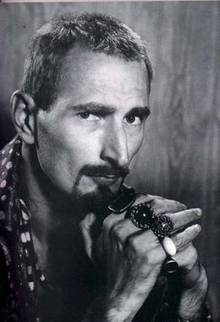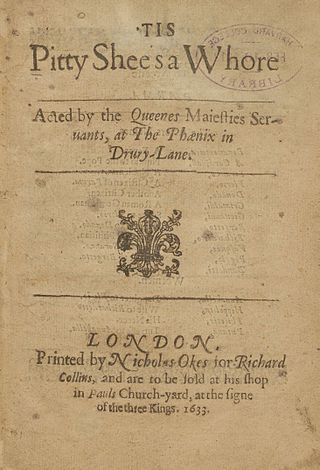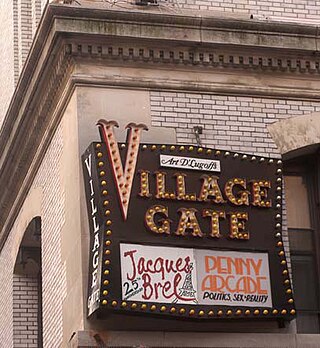Return to New York
Arcade returned to New York City in 1981 to appear in The Playhouse of The Ridiculous's remounting of their 1970 hit Night Club by Kenneth Bernard for LaMama's 20th anniversary at Ellen Stewart's request. She worked with underground theatre artists, including Jack Smith, Charles Ludlam, and the founder of The Cockettes and Angels of Light, Hibiscus. In the spring of 1982 she improvised her first performance piece in Hibiscus’s show Tinsel Town Tirade at Theater for The New City, receiving her first writer's credit. [5]
In February 1985, Arcade presented her first full-length evening of original improvised work, While You Were Out, at the Poetry Project, and then presented it at Performance Space 122 in June later that same year. [7] While You Were Out then moved to University of The Streets in November 1985 and continued to run for an additional four months.
Penny Arcade was featured in 1988 Vogue Magazine's "People Are Talking About" issue, the first mention of performance art in a national fashion magazine. In the late 1980s, she created a character named Margo Howard-Howard, a 50-year-old drag queen with a scandalous past, for her performances. [8] The New York Times refers to the character as "patently unbelievable", but in a later article acknowledges that her monologue was "based on real Lower East Side residents." Howard-Howard received an obituary in The Village Voice .

Premiering in 1990 at Performance Space 122, and running off broadway at The Village Gate 1992-1993 Arcade began touring internationally in 1993 with her most presented show, Bitch! Dyke! Faghag! Whore! , an opinionated commentary on sexuality and censorship that features a chorus of professional erotic dancers and strippers which created the international neo performance burlesque movement In 1998 she performed at the first Gay Shame event at DUMBA in Brooklyn; she appears in the documentary film of the event by Scott Berry, entitled Gay Shame '98. [9] She co-starred with Quentin Crisp in the long-running performance/interview piece, The Last Will and Testament of Quentin Crisp
Arcade's 2002 performance New York Values, which also toured abroad, addressed the loss of cultural identity in New York during the Giuliani years. The Village Gate marquee in New York is still adorned with her name and the title of her performance piece Politics, Sex & Reality, although the nightclub no longer exists. [10]
Arcade is a co-founder of the Lower East Side Biography Project, "Stemming The Tide Of Cultural Amnesia, wth long time collaborator Steve Zehentner, a video production and oral history that began as a workshop that trains participants in documentary filmmaking and preserves the stories of Lower Manhattan artists and activists. [11] profiled individuals have included Judith Malina, Lee Breuer, Tom O'Horgan, Sarah Schulman, Betty Dodson, Quentin Crisp, ], Jayne County,Danny Fields and Marty Matz, among others.
In 2002 Arcade ran for the New York State Assembly as a candidate of the Green Party. [12] She received 1,054 votes out of 32,976 in the 74th Assembly district, [13] losing to incumbent and anti-rent control advocate Steven Sanders. [14]
In January 2011 Arcade had an on-stage spat with performance artist Ann Liv Young while she was hosting an evening of performances and Young refused to respect the artists who were waiting to take their turn on stage . [15] In 2012 she took up residence at London's Arcola Theatre for a 22 performance run of her show Bitch! Dyke! Faghag! Whore! [16] which went on to run for 48 performances in London with 48 standing ovations.
In 2013 Arcade starred along with Mink Stole in a revival of Tennessee Williams one-act play, The Mutilated. The production was directed by Cosmin Chivu with music by Jesse Selengut, and previewed at the eighth annual Provincetown Tennessee Williams Theater Festival in Massachusetts, prior to its six-week run in New York at the New Ohio Theatre in the West Village where it was nominated for a Drama League Award as Best Revival. [17]













